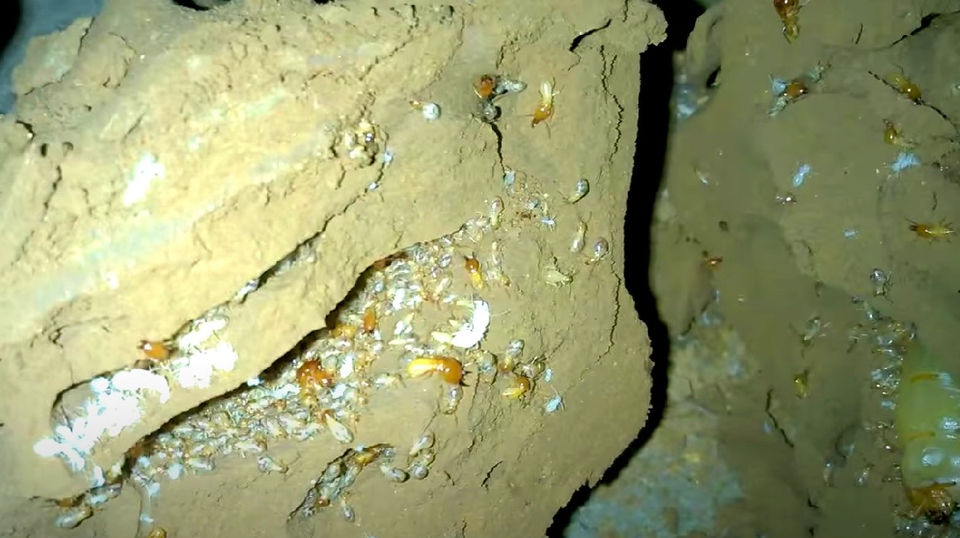top of page
Termites

Termites, pervasive pests in Thailand, pose significant threats to buildings and crops, necessitating preventative measures and professional intervention. Thailand hosts several termite species, each requiring tailored control methods. Professional pest control services offer inspections and treatments to eradicate existing infestations and establish barriers against future ones. Vigilant property inspections, focusing on indicators such as mud tubes and wood damage, along with prudent storage practices, are essential in termite prevention.
Watch more:
bottom of page
































